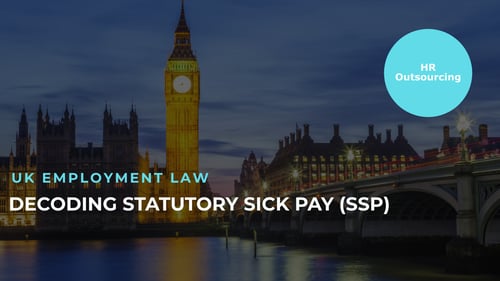Pay Transparency Directive in Europe
On March 30, 2023, the EU adopted a new directive on pay transparency to address the gender pay gap and ensure transparency for job seekers. The gender pay gap remains a significant issue in Europe, despite the right to equal pay being a founding principle of the European Union since the 1957 Treaty of Rome. A lack of pay transparency has been identified as one of the key obstacles to the proper implementation and enforcement of equal pay principles across the EU.
This blog post will provide information to employers in Europe on the key elements of the Pay Transparency Directive and what it means for their companies.
What are the key elements of the Directive?
The Pay Transparency Directive requires job seekers to be provided with the initial pay level or range either in the job vacancy or before the interview. Employers may not ask about the applicant’s salary history, limiting occurrences where such history influences the salary offered to the candidate.
Recruitment processes should be conducted in a non-discriminatory manner, including gender-neutral vacancy notices and job titles. Pay structures must be based on gender-neutral criteria and include gender-neutral job evaluation and classification systems to ensure intersectional discrimination and the rights of non-binary persons are considered.
Employees are given the right to receive transparent information on the company’s pay structure. Employees have the right to receive clear and complete information on individual and average pay levels, broken down by gender. They must be able to understand how their pay compares to other employees doing the same work or work of equal value and what criteria are used to define salary and pay rises. Additionally, pay secrecy was banned. Employers cannot restrict the employee from disclosing their pay in the employment contract.
To ensure the implementation of the directive in practice, companies with over 100 employees will have to report their pay gap. The frequency of reporting will depend on the size of the company. Companies with less than 249 employees will have to report every three years, while employers with 250 employees and more will report yearly. If the report identifies a gender pay gap of 5% and above, employers are obliged to carry out a paid assessment together with the worker’s representatives.
Member states need to implement penalties such as fines for the violation of these rules. Should the employee suffer harm from such infringement, they have the right to claim compensation, which will include the full recovery of back pay as well as related bonuses or benefits. In case of such a claim, the burden of proof has been shifted from the employee to the employer. National legislation should oblige the employer to prove that there has been no discrimination in court.

When do the provisions come into effect?
Member states will have to transpose the requirements into local laws within three years. Once implemented on a national level, employers are given up to one year to comply with the directive. In other words, compliance must be achieved in 2027 at the latest. Considering that some member states will implement it earlier, compliance might be necessary as early as 2025.
What does this mean for the employer?
To be compliant with the introduced policies, employers can take proactive actions to promote equal pay within their corporations. Employers can analyze and evaluate their current pay structure to identify gender pay gaps and understand the underlying factors that cause them. Once identified, it can be of interest to develop a plan of action that outlines the steps to take to improve.
Pay structures, systems, and policies should be adjusted to ensure they are based on gender-neutral, objective criteria. Employers may introduce policies and procedures that give employees a platform to raise awareness in case of pay discrimination.
The Pay Transparency Directive is a significant step towards achieving equal pay for all employees in Europe. Employers must ensure that they comply with the directive’s provisions and take proactive measures to promote equal pay within their companies. Discover how our HR Outsourcing solutions can assist you with.
Disclaimer: While we strive to provide accurate and timely information, please note that HR policies and regulations can change frequently. It is recommended that you seek guidance from our HR consultants to ensure that the data presented here is current and accurate.
Category
Related articles
-

Essential Guide to French Employment Regulations
22 March 2024comprehensive guide on French employment regulations for companies expanding to France, covering...
Read more -

Germany's Pension Landscape: Navigating Benefits and Taxation for Informed Decision-Making
5 February 2024Dive into the intricacies of the German pension system: benefits, calculations, retirement options,...
Read more -

Decoding Statutory Sick Pay (SSP) in the UK
29 January 2024Navigate the complexities of Statutory Sick Pay in the UK with our guide on rights, regulations,...
Read more

